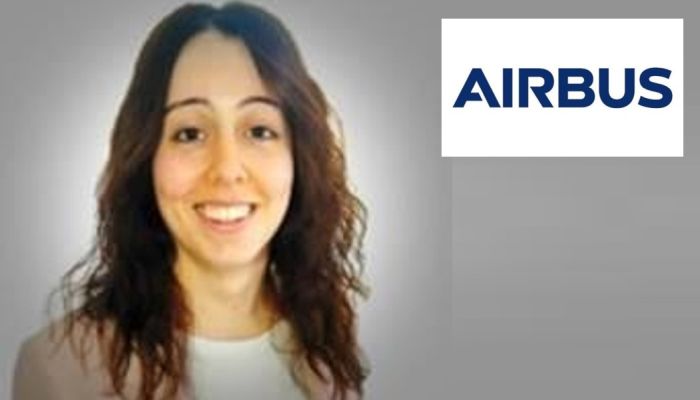Hi, my name is Lucía. I am an industrial engineer, specialized in Mechanical engineering with background in Additive Manufacturing (AM) in metal for thermal applications, such as heat exchangers. Currently I am working at Airbus in the thermal management system leading a technical project aimed at developing a thermal solution.
My role in BRAVA is leading task 3.3 within the WP3 (Thermal Management System), assuring the deliverables are achieved based on defined requirements and defining the test campaign.
What was your original motivation to become a researcher?
I was always motivated by developing a device or a technology that could have a positive impact on the Earth, such as reducing emissions CO2, overall pollution, etc. My first professional experience when I started my career after uni as an intern, was in the logistics sector in the rail industry at Siemens. I then realised I wanted to do something in R&D that was disruptive and could be applied and had a positive impact in our daily lives.
What is your (main) research area today?
I am focused on the decarbonisation of the aerospace industry to reduce CO2 emissions or even becoming a net-zero carbon emissions by 2050.
What is the main objective of your team in BRAVA?
Our main goal is to efficiently design and manufacture a thermal prototype to dissipate a large amount of heat while not compromising the overall weight of the system nor other mechanical, thermal or aerodynamic functionalities. Particularly, our target is to achieve a reduction of 20% mass, 30% volume reduction and 15% lower drag for the system.
What expertise and facilities does your team have to meet those objectives?
BRAVA team have design, analysis, manufacturing and testing capabilities and expertise to meet the requirements and materialize the conceptual ideas into a thermal physical prototype.
Which aspects of your research at BRAVA do you believe are the most innovative and what unique opportunities offer BRAVA to yourself and/or your organisation?
The interesting approach in BRAVA is that it is possible to use a disruptive technology like Additive Manufacturing (AM) to leverage its benefits such as the design freedom, complex shapes and compact cores, integration, etc. Being able to validate the theoretical results with the experimental data from the tests is a valuable input to the project.
How do you see the future use of the BRAVA-results and the impact of BRAVA-project in our daily lives?
The BRAVA results will enable the maturity of the AM technology for thermal applications and will prove the feasibility from a thermal performance and structural point of view.

